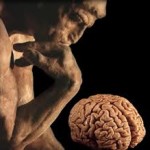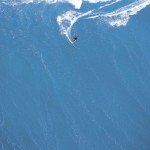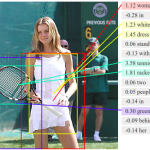From press release:
“Climbing a tree and balancing on a beam can dramatically improve cognitive skills, according to a study recently conducted by researchers in the Department of Psychology at the University of North Florida.
The study (…) show that proprioceptively dynamic activities, like climbing a tree, done over a short period of time have dramatic working memory benefits. Working Memory, the active processing of information, is linked to performance in a wide variety of contexts from grades to sports.
The results (…) suggest working memory improvements can be made in just a couple of hours of these physical exercises. (…)
Proprioception, the awareness of body positioning and orientation, is associated with working memory. (…)
In the study, such activities included climbing trees, walking and crawling on a beam (…) , and researchers found that their working memory capacity had increased by 50 percent, a dramatic improvement.
The researchers also tested two control groups (…) in a lecture (…) [and] a yoga class (…) , neither control group experienced working memory benefits.
Proprioceptively dynamic training may place a greater demand on working memory than either control condition because as environment and terrain changes, the individual recruits working memory to update information to adapt appropriately. Though the yoga control group engaged in proprioceptive activities that required awareness of body position, it was relatively static as they performed the yoga postures in a small space, which didn’t allow for locomotion or navigation.(…) ”
For more information about the study, visit http://www.ncbi.nlm.nih.gov/pubmed/26029969.





























